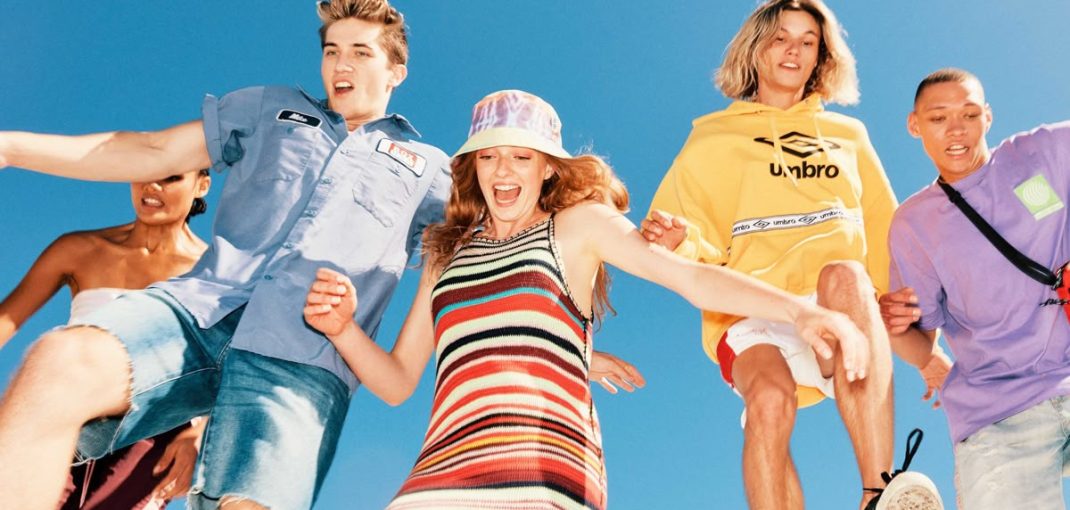Introduction
In a world where style evolves faster than ever, staying ahead of fashion trends has become both an art and a necessity. “Fashion Forward: The Hottest Trends You Need to Know Now” explores the dynamic landscape of contemporary fashion, uncovering the movements, inspirations, and innovations shaping the wardrobes of today and tomorrow. From global influences to technological integration, fashion in the modern era transcends aesthetics, becoming a powerful form of self-expression and cultural commentary.
The Rise of Gender-Fluid Fashion
Breaking away from traditional norms, modern fashion embraces fluidity in identity and silhouette. Designers are increasingly blurring the lines between menswear and womenswear, introducing collections that celebrate individuality rather than categorization. Neutral color palettes, oversized tailoring, and versatile pieces dominate runways and street style alike. This inclusive approach not only challenges stereotypes but also broadens the creative possibilities within the industry.
Tech-Infused Clothing: Where Style Meets Innovation
Wearable technology has evolved from functional gadgets to fashion statements. From smart fabrics that monitor health metrics to garments embedded with LED displays and responsive materials, technology is redefining what it means to get dressed. As sustainability and performance become central concerns, tech-driven clothing offers practical benefits without compromising on design. Brands that blend aesthetic appeal with futuristic functionality are leading this exciting shift.
Sustainability as a Style Statement
Eco-consciousness is no longer a niche in the fashion world. Designers and consumers alike are prioritizing ethical sourcing, biodegradable materials, and low-impact production processes. From recycled denim to plant-based leather alternatives, fashion is becoming a platform for environmental activism. Circular fashion models, including rental services and resale platforms, are gaining momentum, emphasizing longevity over disposability. This sustainable shift redefines luxury as responsibility.
The Revival of Vintage and Retro Aesthetics
Nostalgia plays a significant role in modern fashion, with vintage and retro styles making a strong comeback. Whether it’s the bold prints of the ’70s, the structured silhouettes of the ’80s, or the grunge flair of the ’90s, past decades continue to inspire contemporary collections. Thrift culture and upcycling have also gained traction, allowing fashion lovers to curate unique looks while reducing waste. This trend underscores a collective yearning for authenticity and storytelling in style.
Bold Colors and Experimental Patterns Take Center Stage
Minimalism is taking a back seat as maximalist expression gains popularity. Vivid hues, eclectic prints, and unexpected color combinations are dominating both designer collections and street fashion. Designers are challenging conventional color theories, encouraging wearers to embrace individuality through fearless style choices. This vibrant approach adds energy and optimism to everyday attire, signaling a cultural shift toward bolder self-presentation.
Global Influences and Cross-Cultural Fusion
Fashion in the digital age is a global dialogue. Designers draw inspiration from diverse cultures, blending traditional craftsmanship with modern techniques. From Japanese streetwear to African prints and Scandinavian minimalism, cross-cultural elements are redefining fashion narratives. This trend not only celebrates cultural heritage but also fosters inclusivity and global connectivity, turning fashion into a universal language of unity.
The Power of Personalization and Custom Clothing
Consumers are no longer content with off-the-rack options. The demand for personalized fashion is growing, with custom prints, tailored fits, and DIY aesthetics becoming increasingly popular. Advances in 3D printing, digital embroidery, and interactive design platforms enable individuals to create pieces that reflect their unique identity. This shift empowers self-expression and challenges mass production norms.
Streetwear’s Evolution from Subculture to High Fashion
What began as a countercultural movement has transformed into a dominant force in luxury fashion. Streetwear’s influence can be seen in the rise of sneaker collaborations, graphic-heavy apparel, and utilitarian silhouettes on the runway. Its success lies in its authenticity, adaptability, and cultural resonance. By merging comfort with attitude, streetwear continues to shape the fashion landscape.
Digital Fashion and Virtual Styling
With the advent of the metaverse and virtual influencers, fashion is expanding into the digital realm. Virtual clothing collections, augmented reality fitting rooms, and NFTs are creating new ways for consumers to engage with style. Digital fashion eliminates physical limitations, allowing for hyper-creativity and accessibility. This trend signals a future where fashion is as much about experience as it is about materiality.
Conclusion
Fashion today is an ever-shifting terrain of ideas, innovation, and expression. From sustainability and technology to personalization and cultural fusion, the trends defining our era are rooted in deeper societal movements. Staying “fashion forward” requires not only awareness but also a willingness to adapt, experiment, and rethink what fashion truly means. As we move further into this transformative age, one thing remains clear: fashion is no longer just about what we wear—it’s about how we live, think, and connect with the world around us.

